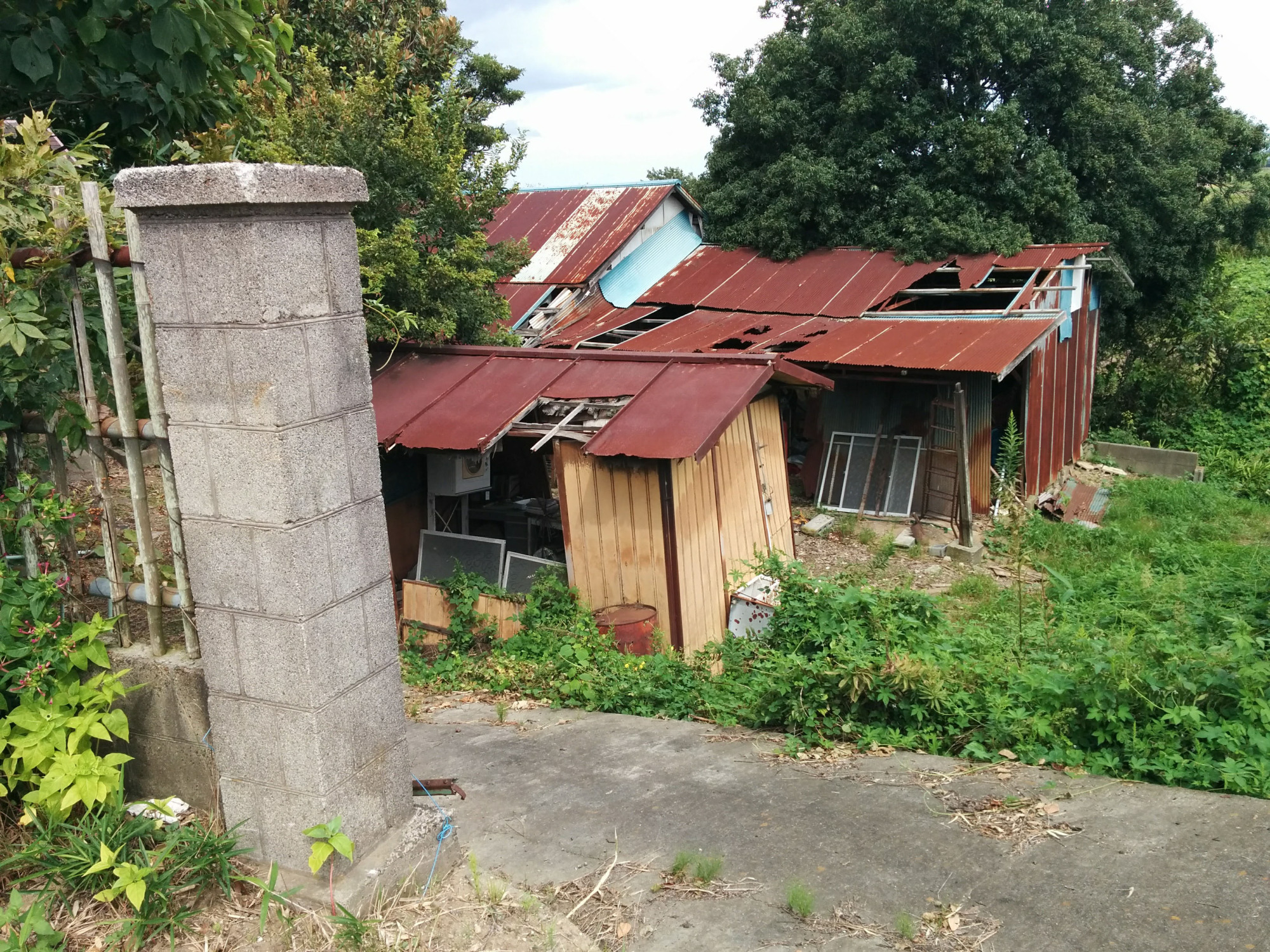According to an article that appeared in the Asahi Shimbun last June, authorities are unsure of the title holders to 4.1 million hectares of land in Japan — in total, an area equivalent in size to the island of Kyushu. Though this problem has been evident at least since the 1980s, the government didn't do anything about it until a few years ago when it appointed a group of scholars to study the matter. The group's results were announced on June 26.
The main reason for the problem is that when a registered title holder dies, their heirs often don't re-register the land under their own names. As years pass, and these heirs also die, their heirs also don't re-register the titles. Though relevant authorities can search out the heirs, they may find they have to contact many people. According to Japanese inheritance law, all the children of a property owner have equal rights to that property, and if those heirs die, then all of their children also have rights to the property. So depending on how many generations have passed since the land was last registered, there could be dozens of people who have title claims to the land.
The problem was illustrated by the Asahi with a situation in Nagano Prefecture. Some years ago, a city government wanted to widen a prefectural road, which meant buying adjacent land. However, they couldn't find the owners of one large section. It turned out that the tract was registered to a group of 26 people back in the Meiji Era (1868-1912), but these people have long since died and the title to the land was never changed.

















With your current subscription plan you can comment on stories. However, before writing your first comment, please create a display name in the Profile section of your subscriber account page.